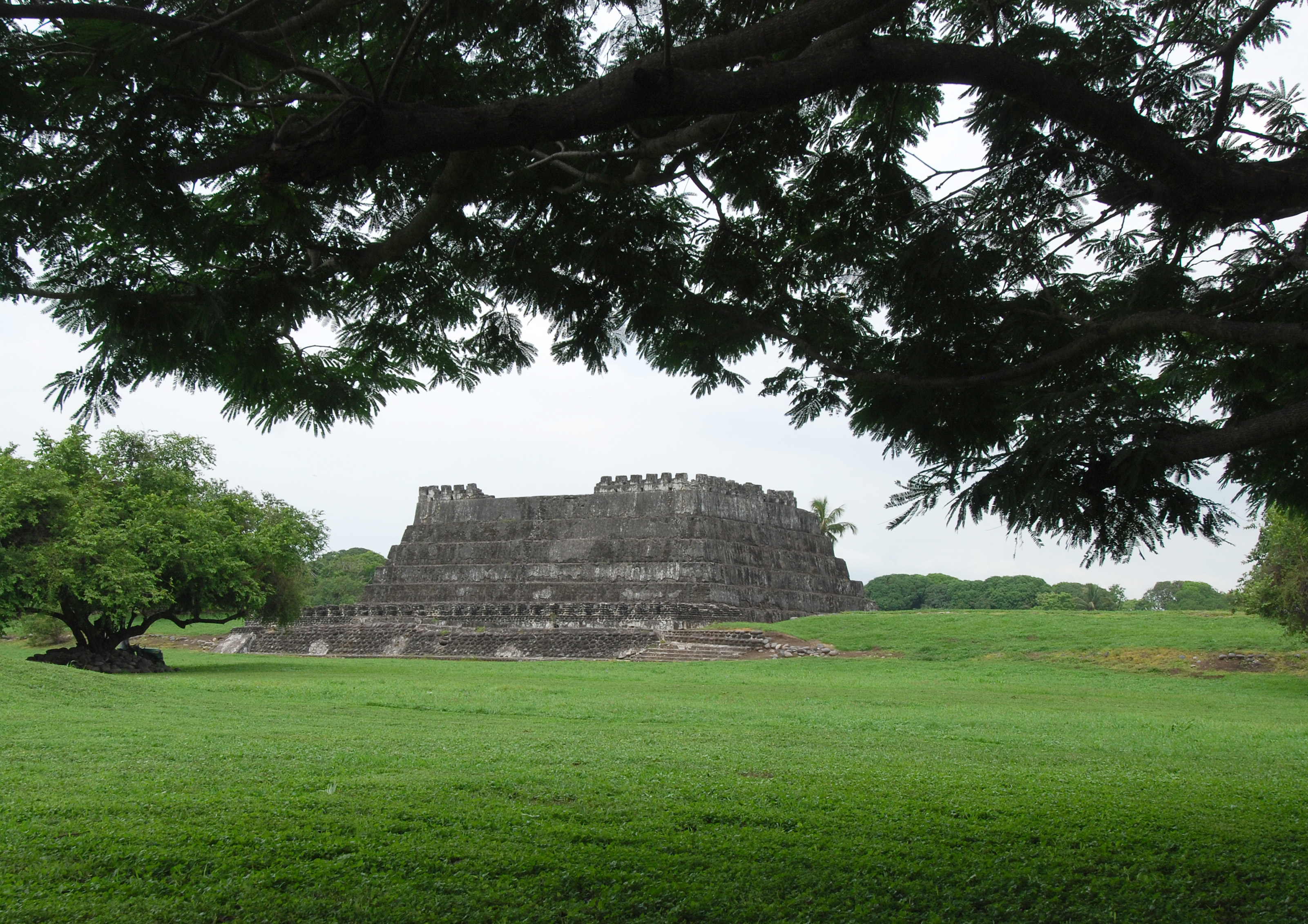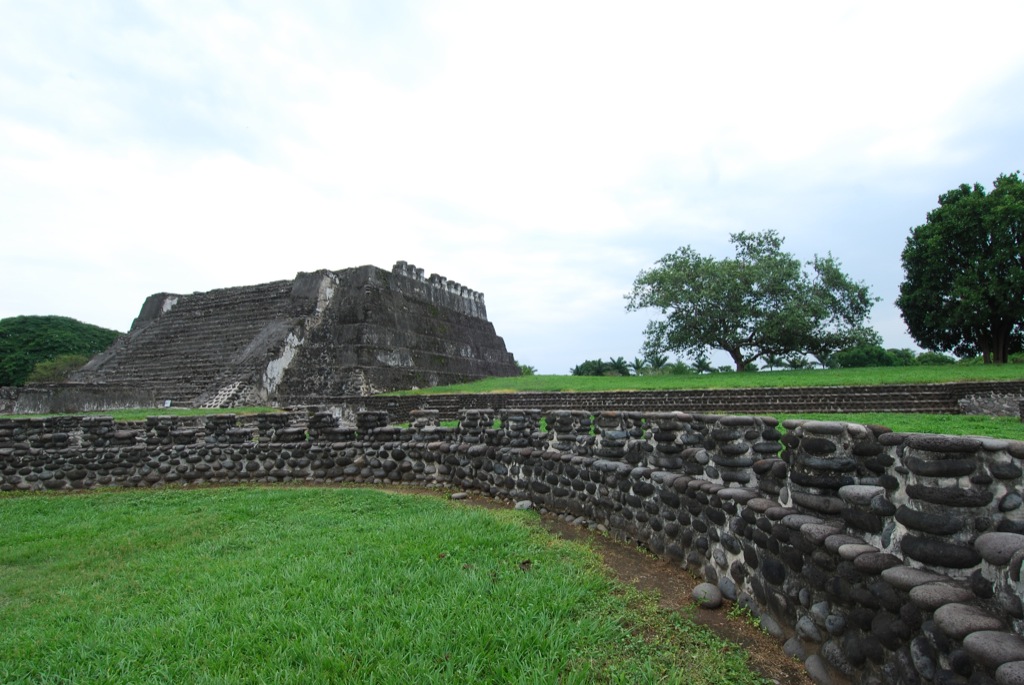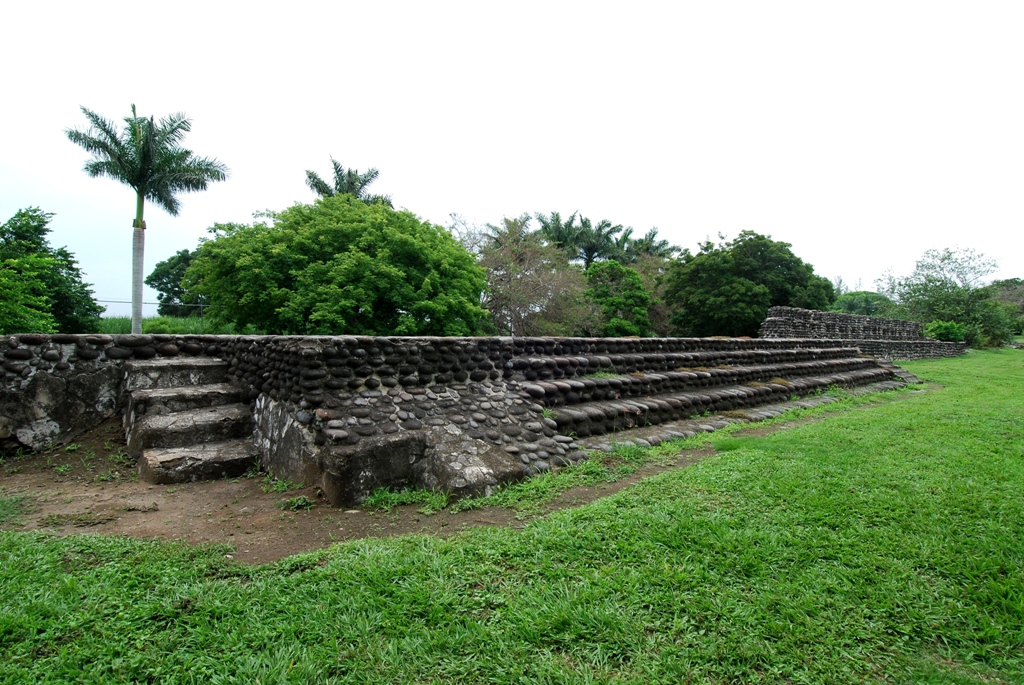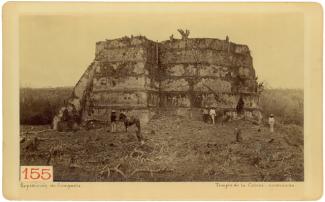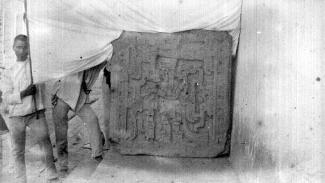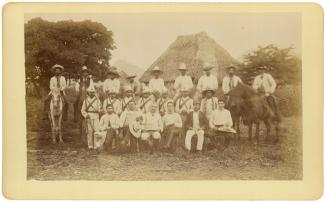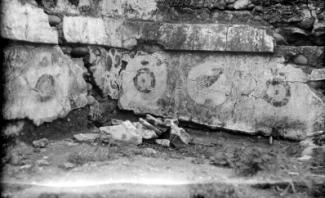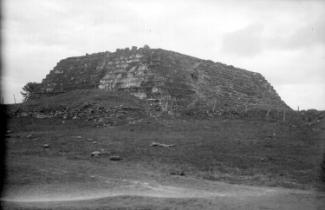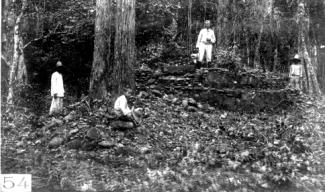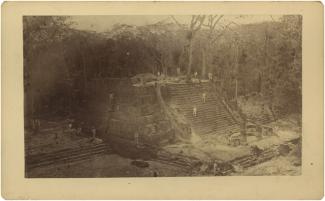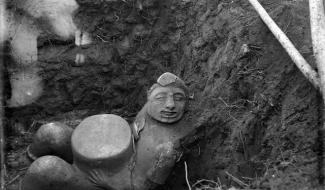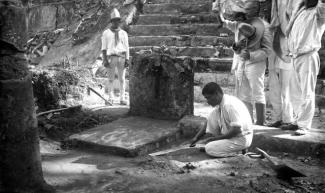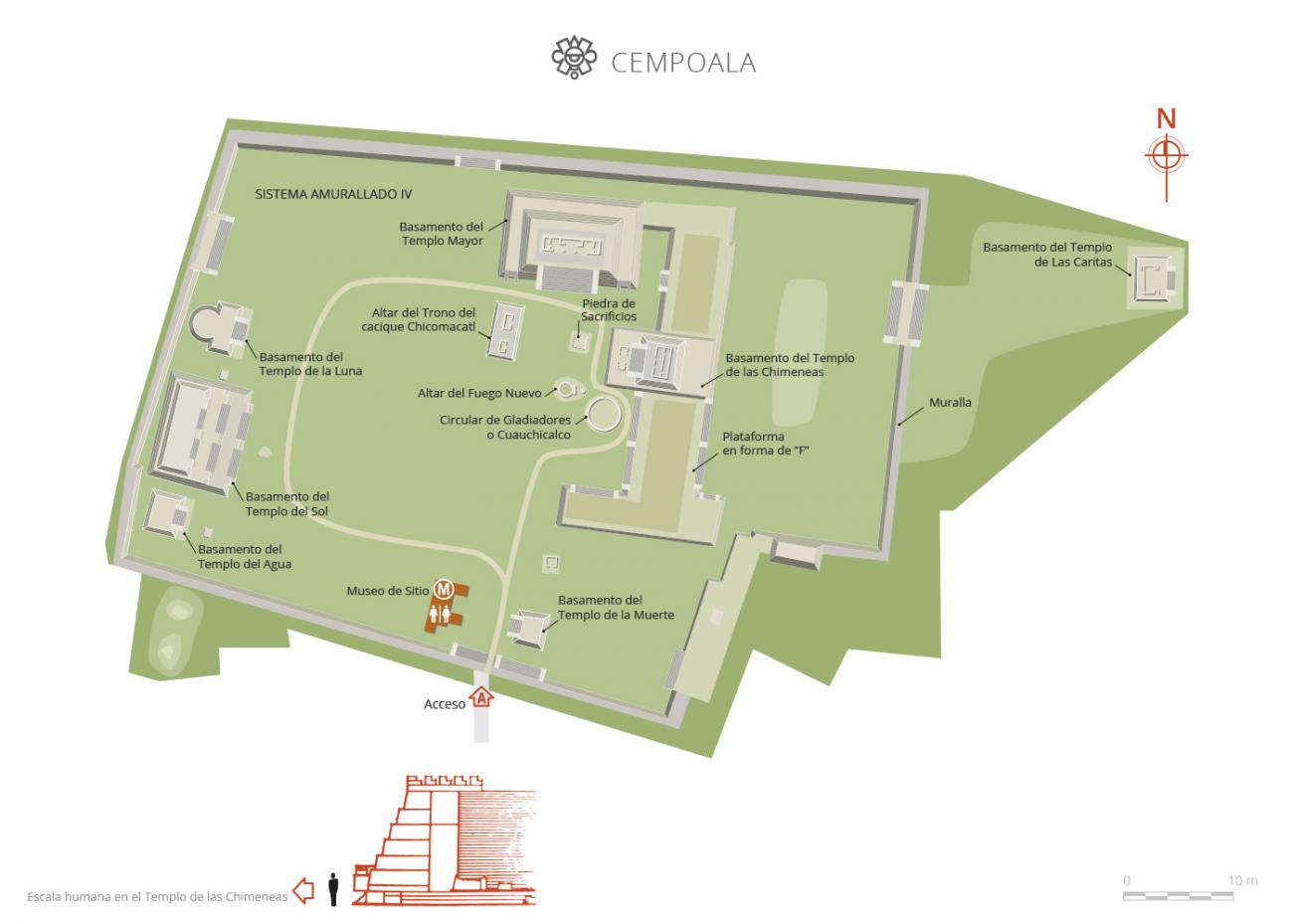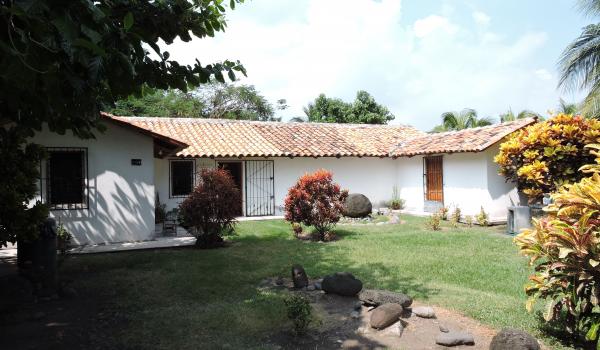Cempoala was one of the most important centers of Totonac culture, with origins going back to 900 BC, when groups of Totonacs displaced by the Toltec empire left the slopes of the Sierra Madre Occidental in search of fertile lands free from the control of Tula. In the late Postclassic period they fell under the sway of the Mexica and from that point Cempoala became the principal city of 50 Totonac, Chinantec and Zapotec towns, the place for collecting all the tribute from the coast and the mountainous regions of the south. In 1519 Hernán Cortés and his troops formed an alliance with the "Fat Cacique" of Cempoala to fight Tenochtitlan.
Cempoala’s territorial organization was spread out, with areas of production within and outside the city. This site had a complex infrastructure to regulate water, a system of barriers to protect the city from constant flooding, and a hydraulic network which channeled the waters of the river Actopan, or Chachalacas, to the city while wastewater was channeled by conduits from houses and buildings to the farm land.
The main constructions of this city are the Great Pyramid or Temple of the Sun, the Great Temple, the square-based Temple of Quetzalcoatl and the Temple of the wind god Ehecatl, with a circular base like the Temple of the Chimneys and El Pimiento, a structure which has three volumes decorated with stone skulls. Another important structure is Las Caritas, which has two levels and is decorated with stucco skulls. Three rings of stepped stone were found in one of the plazas. They were used by the priests to measure time, the harvests and the eclipses.

